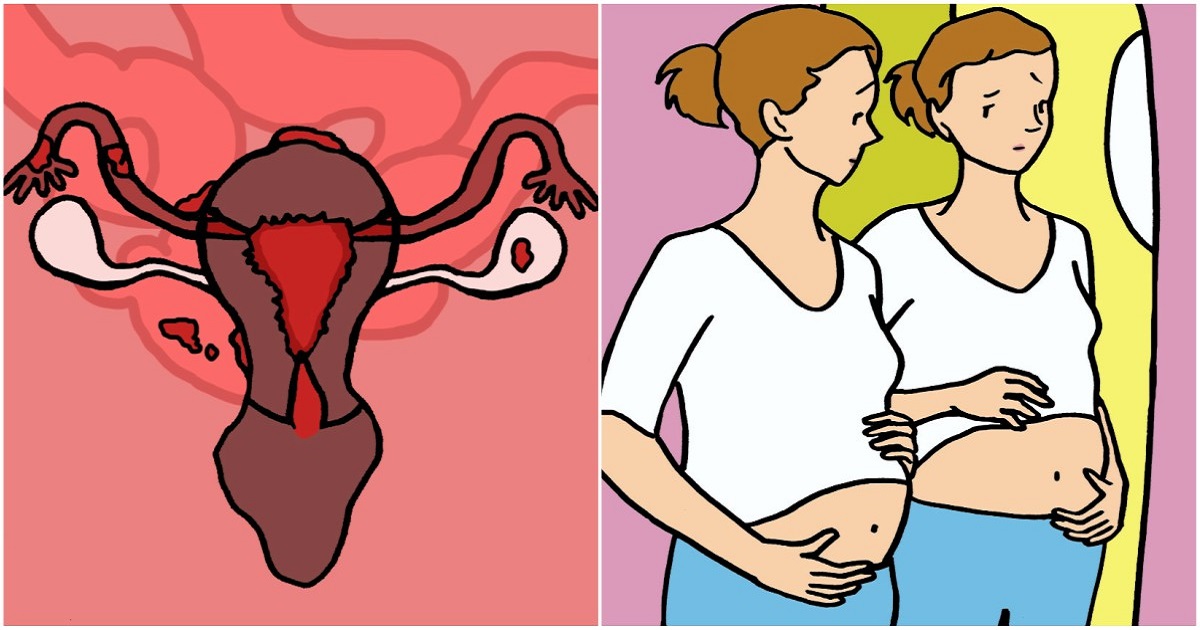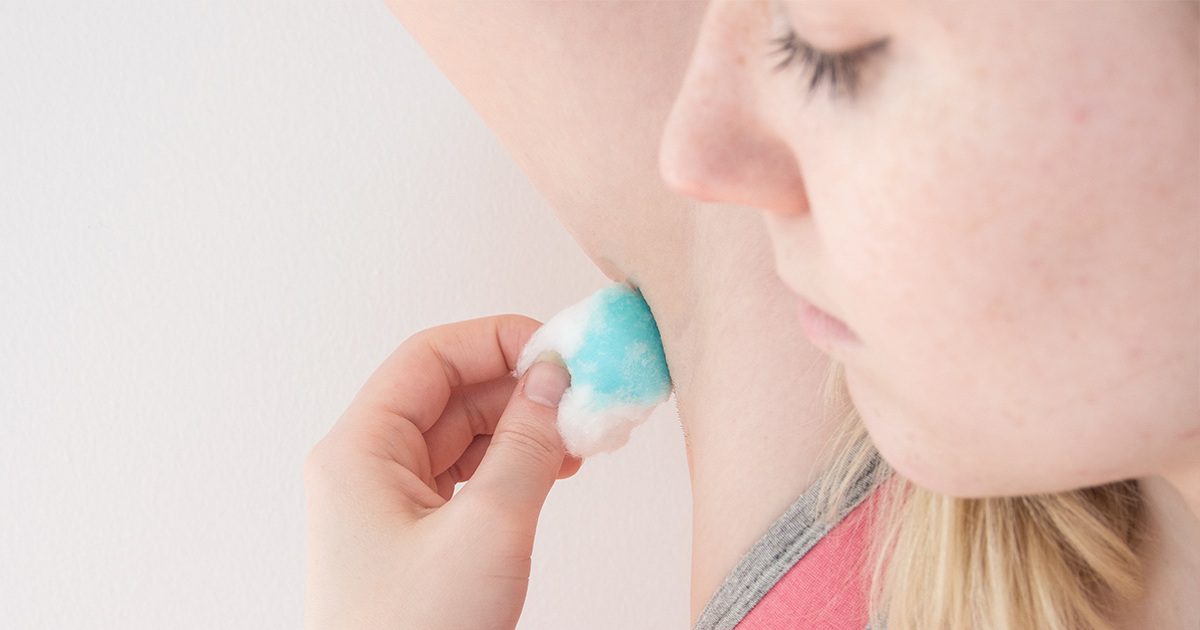If you’ve ever had the displeasure of having an ingrown toenail, then you know that it’s not something to take lightly.
While the thought of a measly little toenail ailment might sound minor, an ingrown nail can be incredibly painful and even debilitating.
By nature, our toenails can be gross and do things like crack, turn yellow, or even get thick and lumpy, depending on the season and our exposure to fungus or bacteria.
The problem with ingrown toenails is that they are painful, which can make people ignore the problem for too long, making it worse.
Of course, misled at-home treatment attempts can also end in tears. I will never forget the time my dad took it upon himself to “treat me” using a Swiss Army knife.
Luckily, there are far less painful and more sanitary ways to handle ingrown toenails:
What Is An Ingrown Toenail?
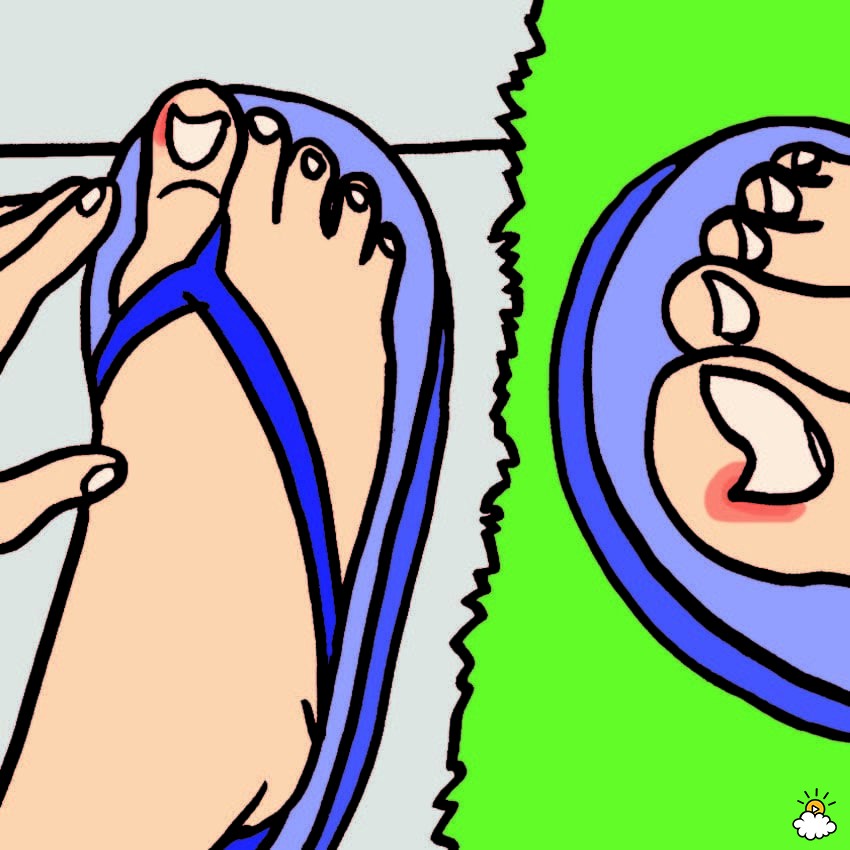
An ingrown toenail is a common condition that almost all of us are familiar with.
The Mayo Clinic says this pesky problem occurs when “the corner or side of a toenail grows into the soft flesh. The result is a pain, redness, swelling and, sometimes, an infection.”
Ingrown toenails usually happen to your big toe because that nail tends to be the thickest and strongest, and is likely to be the main victim of overcrowding in shoes.
Home Remedy #1: Epsom Salt Soak
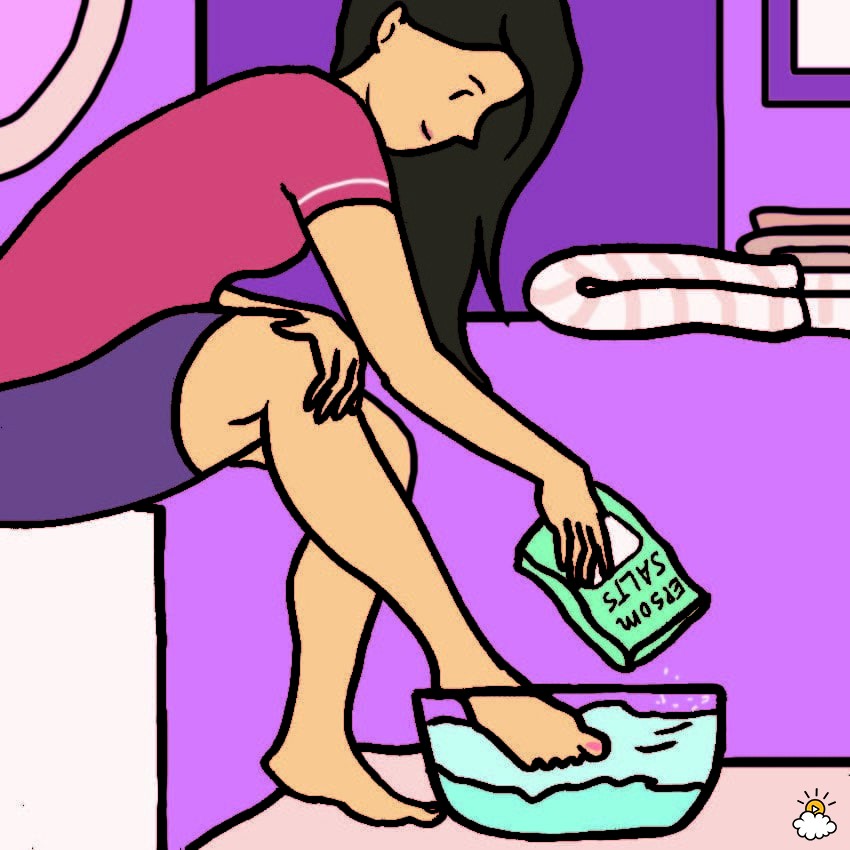
Giving your feet a good soak is something you might want to do even if you don’t have an ingrown toenail.
With that said, it’s one of the first steps you should take in treating your painful condition.
The Epsom Salt Council cites the multipurpose powder as being useful for soothing muscle pain, reducing swelling, and softening skin.
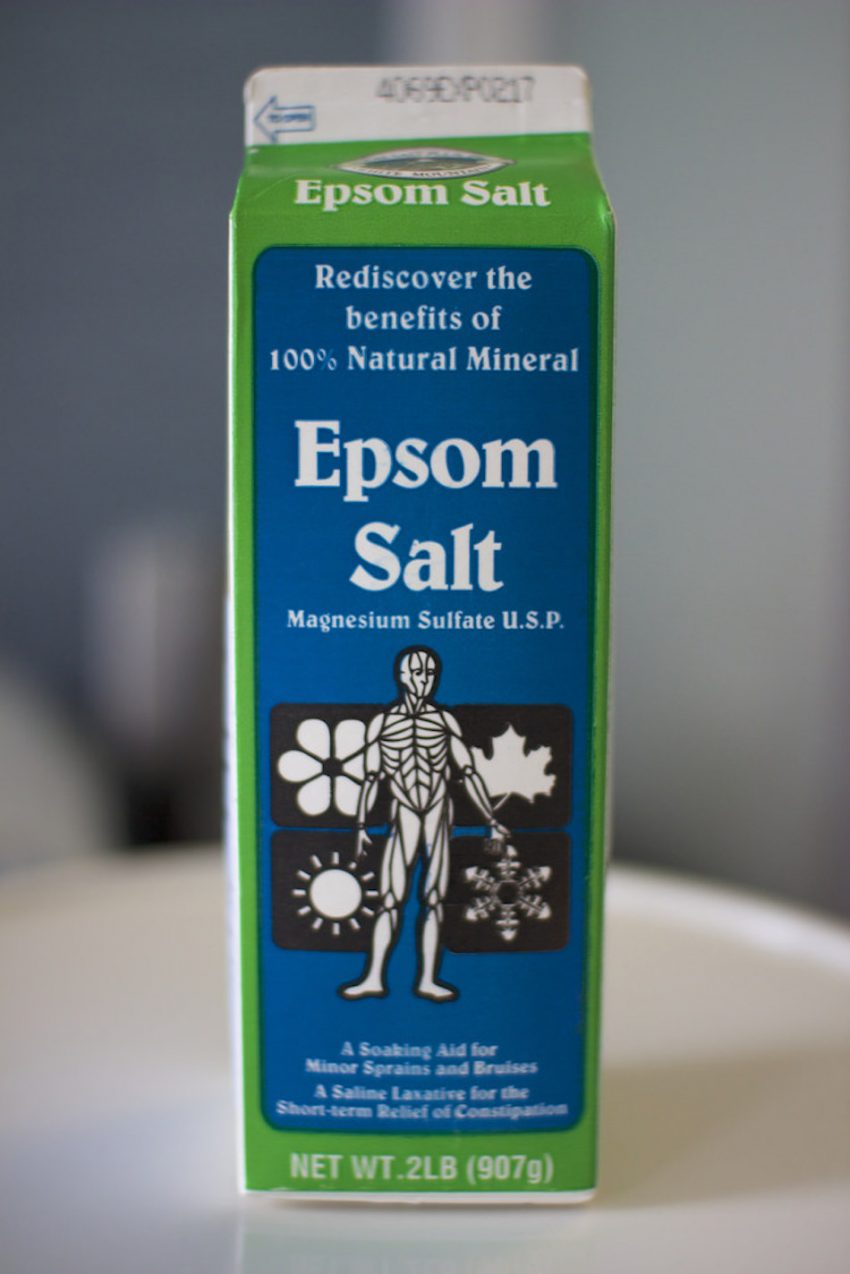
A warm Epsom salt soak will help reduce the pain and swelling of your ingrown toenail.
This method can work on its own for a mildly ingrown toenail, or help soften the skin as a means of preparation for some further treatments.
Home Remedy #2: Cotton Ball Method
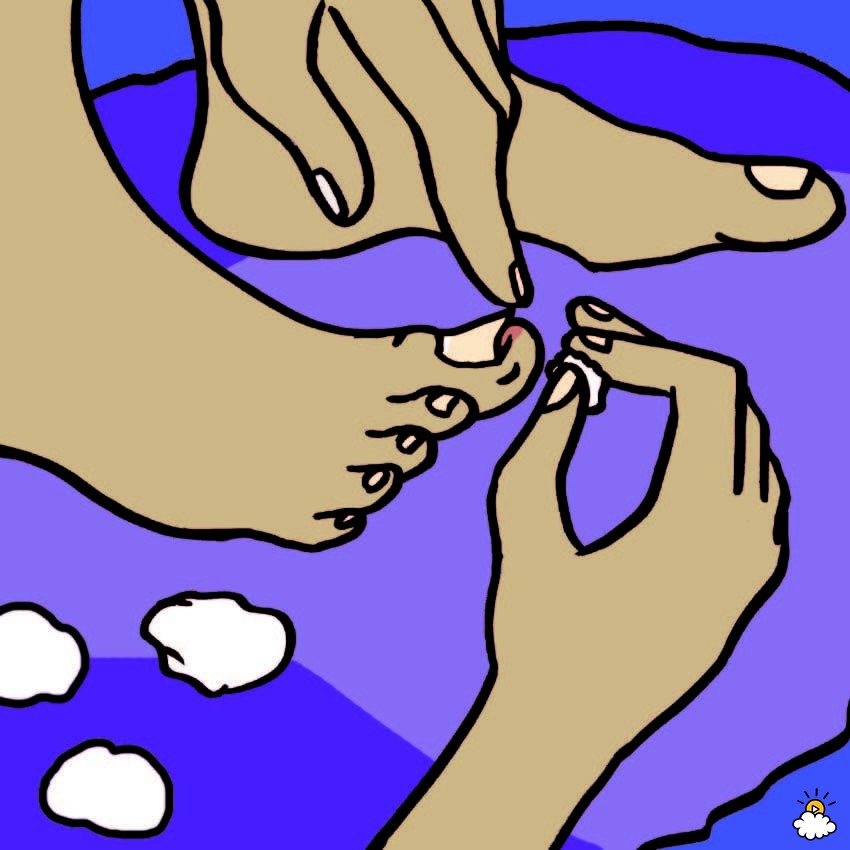
Since ingrown toenails are caused by the nail growing too closely to the skin, it makes sense to want to separate the two.
The Mayo Clinic explains that doctors often opt to gently lift the toenail and then place a small piece of cotton ball underneath the nail to promote growth away from the skin.
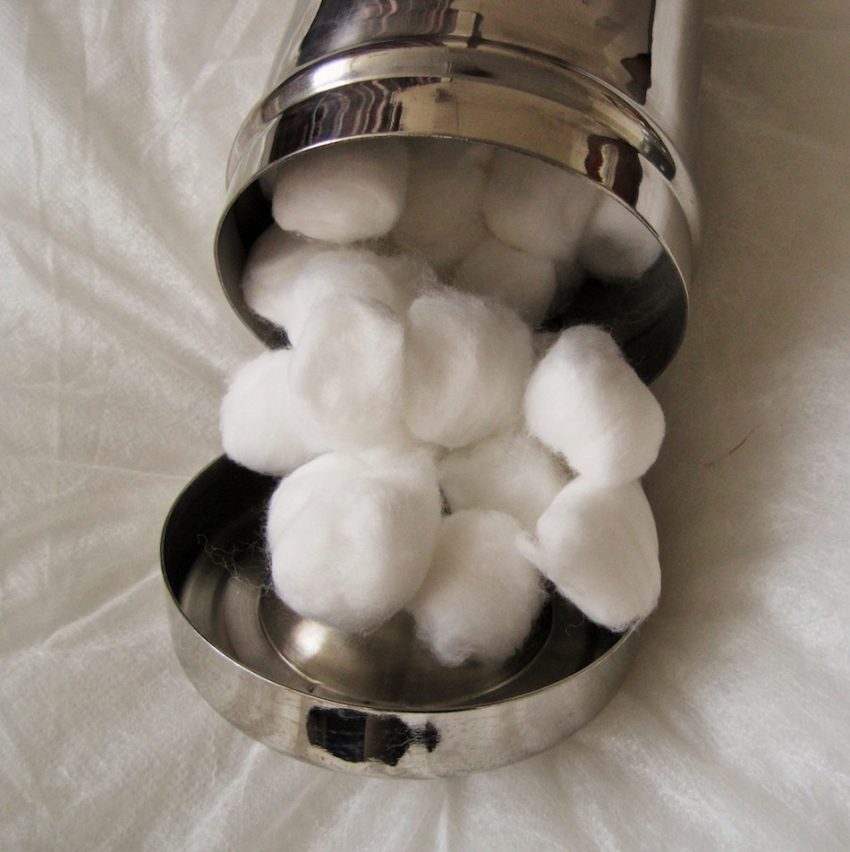
If you choose to do this at home, make sure to soak the cotton in an antiseptic treatment and to replace the dressing on a daily basis.
Soaking your toe in Epsom salt between cotton changes will also help to relieve pain and soften hard unruly skin.
Home Remedy # 3: Dental Floss Method
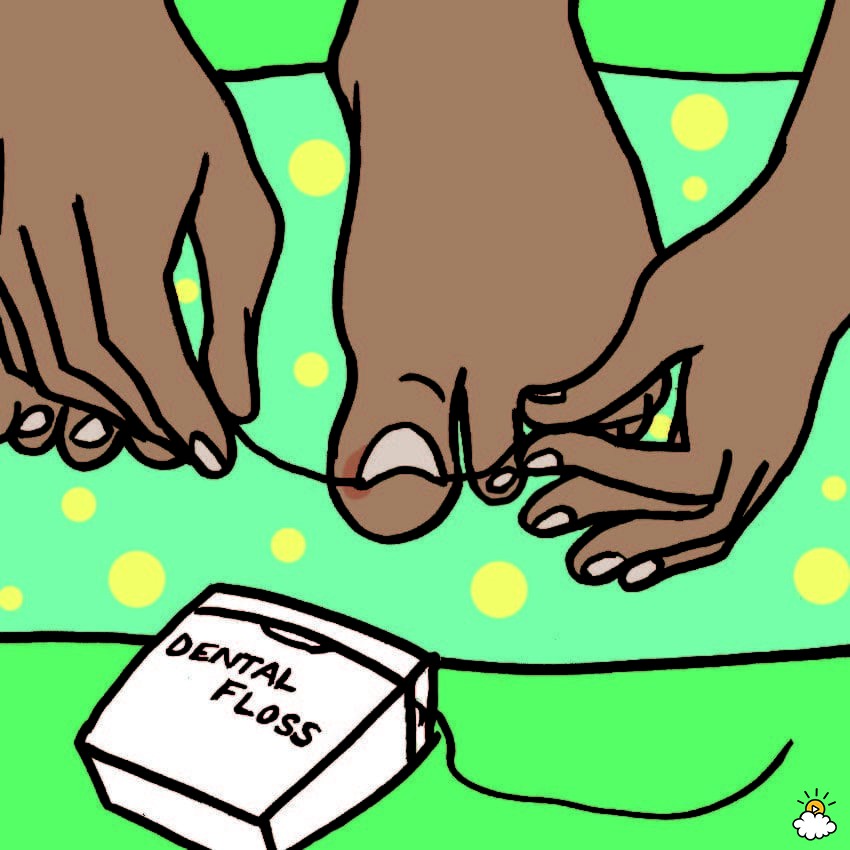
The dental floss method is similar to the above cotton ball treatment.
Slipping dental floss under the nail can help to carefully separate the nail from the skin to redirect the growth.
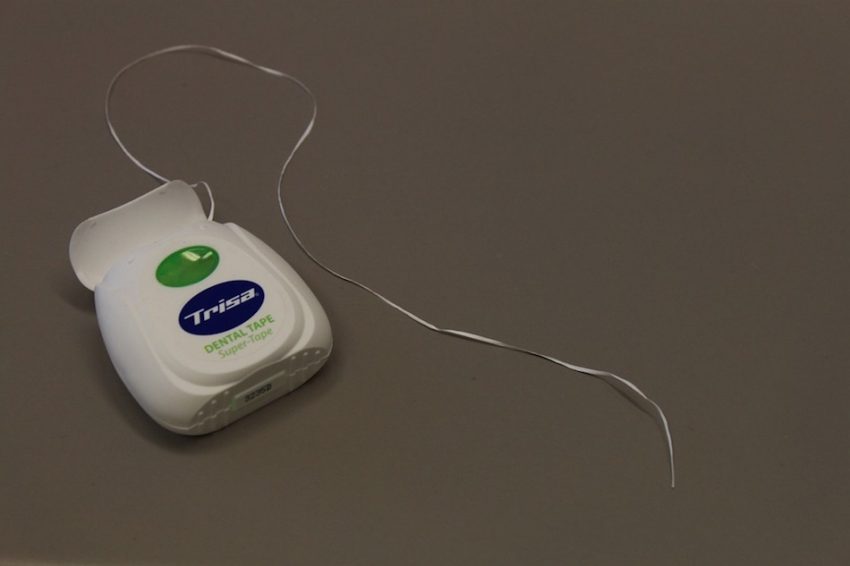
If you attempt this method, make sure to opt for unflavored floss. You can imagine that the minty stuff will sting such a sensitive area.
Home Remedy #4: Cutting A “V” Shape In Nail
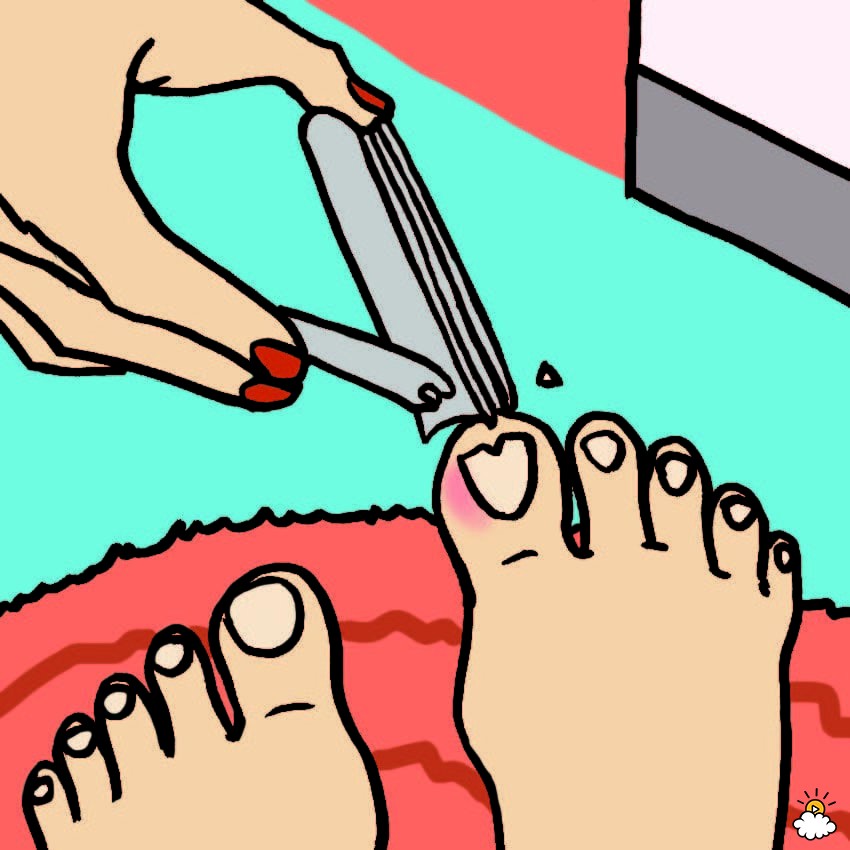
If you’d rather not risk digging into the sensitive area on your toenail, you’re not alone.
Although this “V” cutting method is widely regarded as an old wives’ tale, it is certainly worth trying before opting for more invasive treatments.
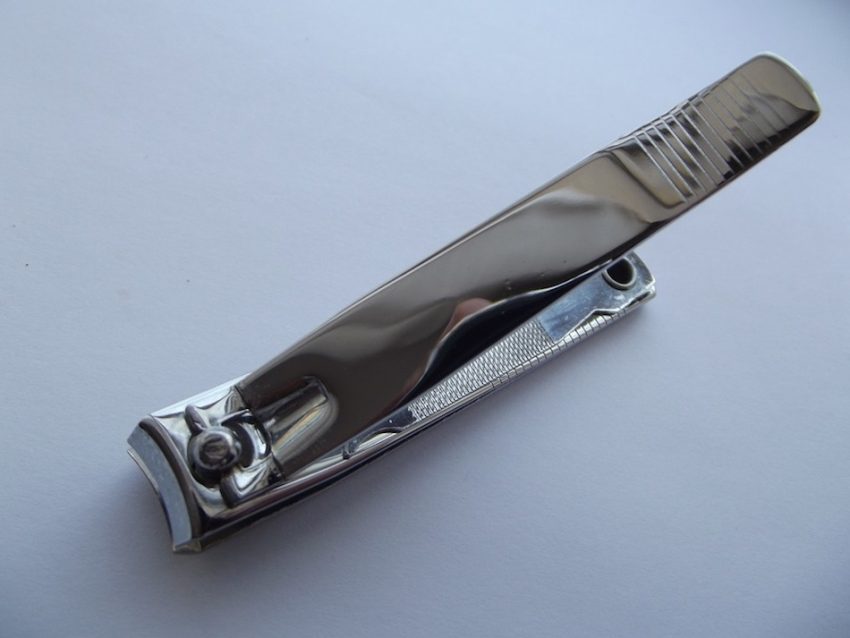
Notching the center of the affected nail is supposed to relieve pressure from the sides and promote good growth.
I will say from personal experience that the notch does seem to relieve some of the pressure from the sides.
Home Remedy #5: Softening The Nail
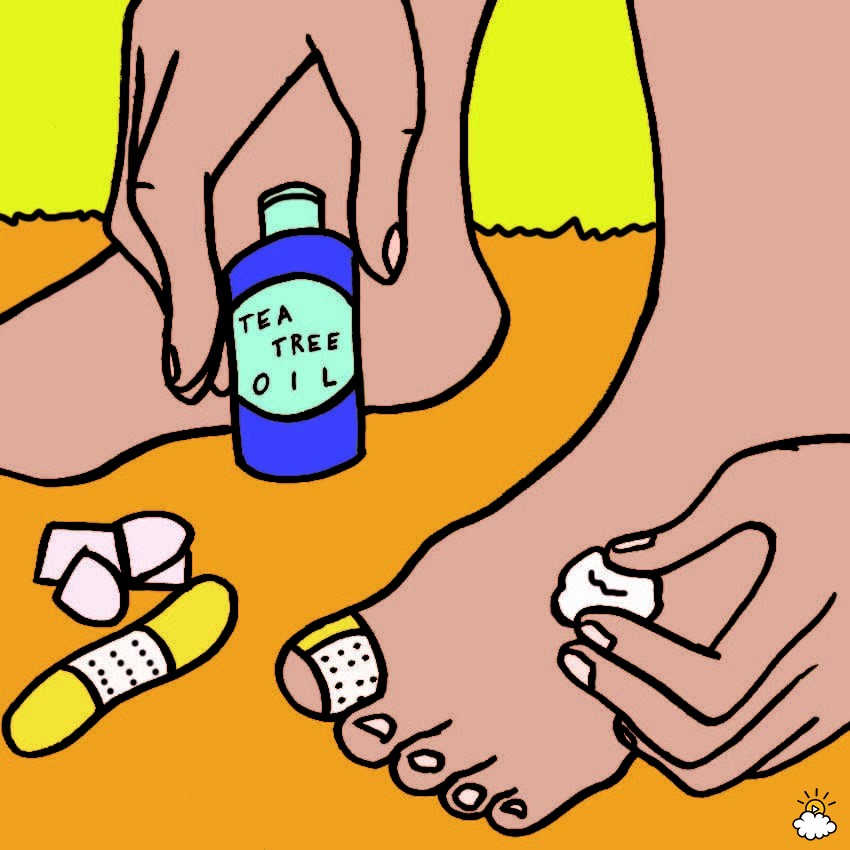
Part of what might be causing your ingrown toenail is the fact that the nail itself is incredibly thick.
Thick toenails are hard to cut, which can cause ingrown, and also penetrates the skin more easily.

Applying a multipurpose substance like tea tree oil to the nail can help fight infection as well as fungus.
Reducing fungus will help soften the nail for cutting, as well as reduce the risk of infection.
Home Remedy #6: Taping Method
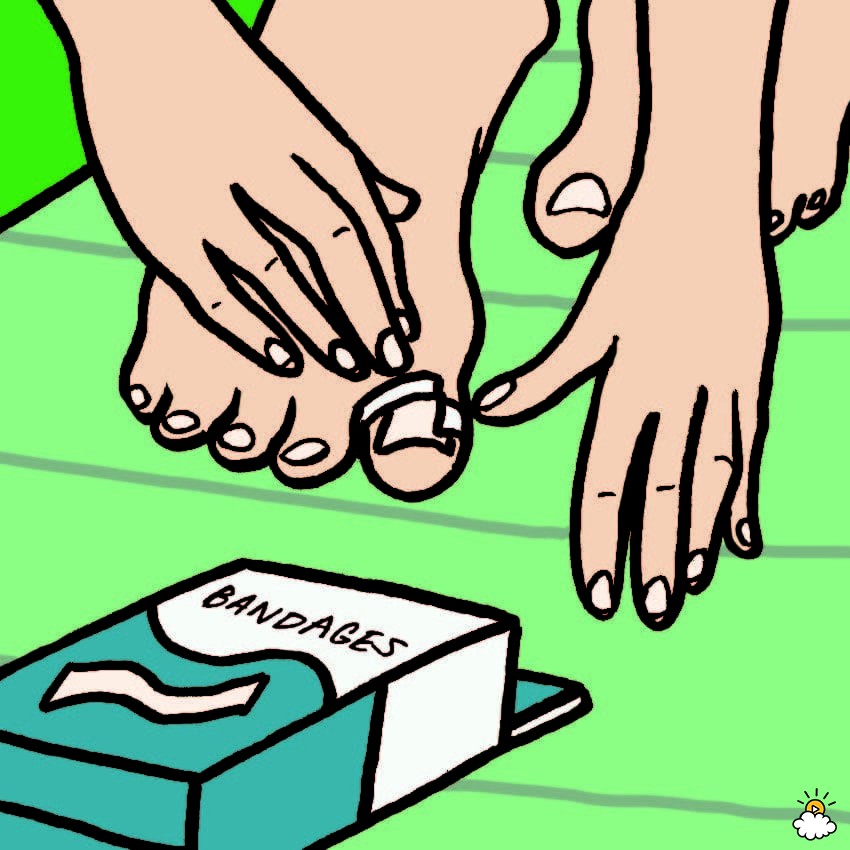
One of the main reasons why ingrown toenails are so painful is because they often become infected.
When the skin becomes irritated and broken, there is a higher risk of contact with bacteria and infections.
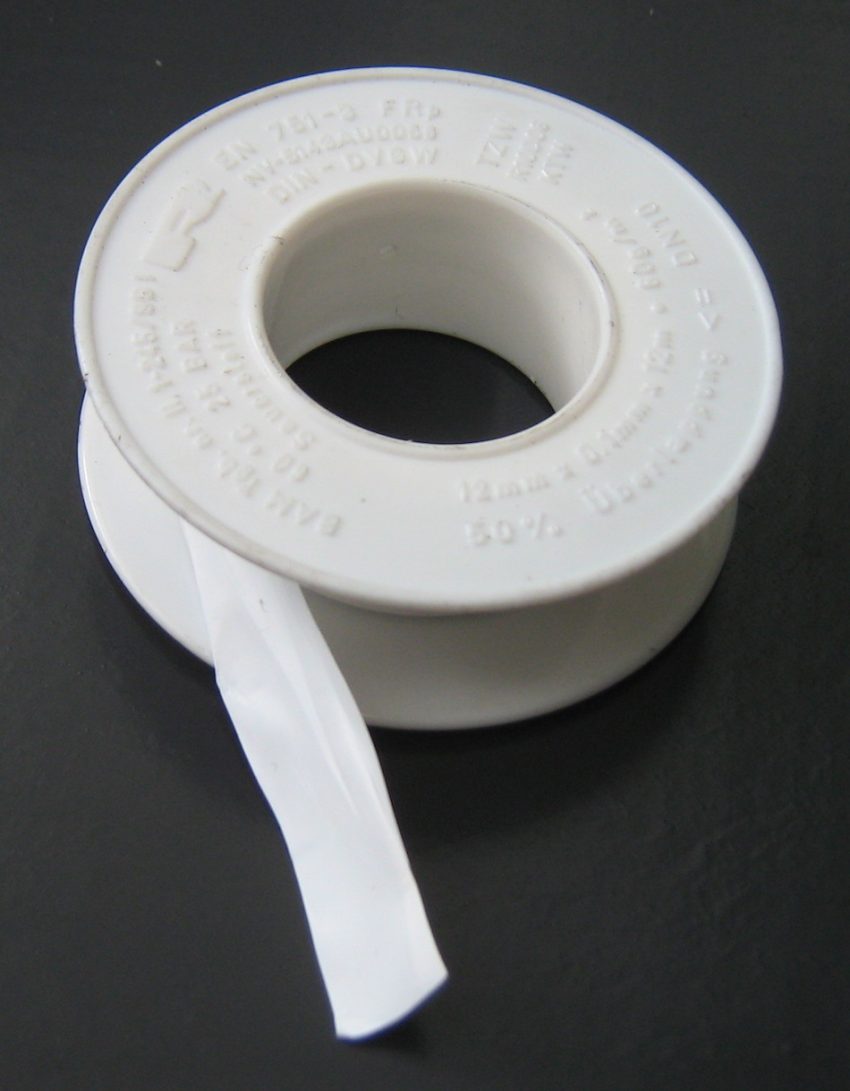
Bandaging should almost always be applied to the affected area to cushion and protect, but it can also help to fix the problem.
Curve Correct Ingrown Toenail Treatment recommends a taping method that involves strategically pulling the skin away from the nail and keeping it there.
Ingrown Toenail Prevention
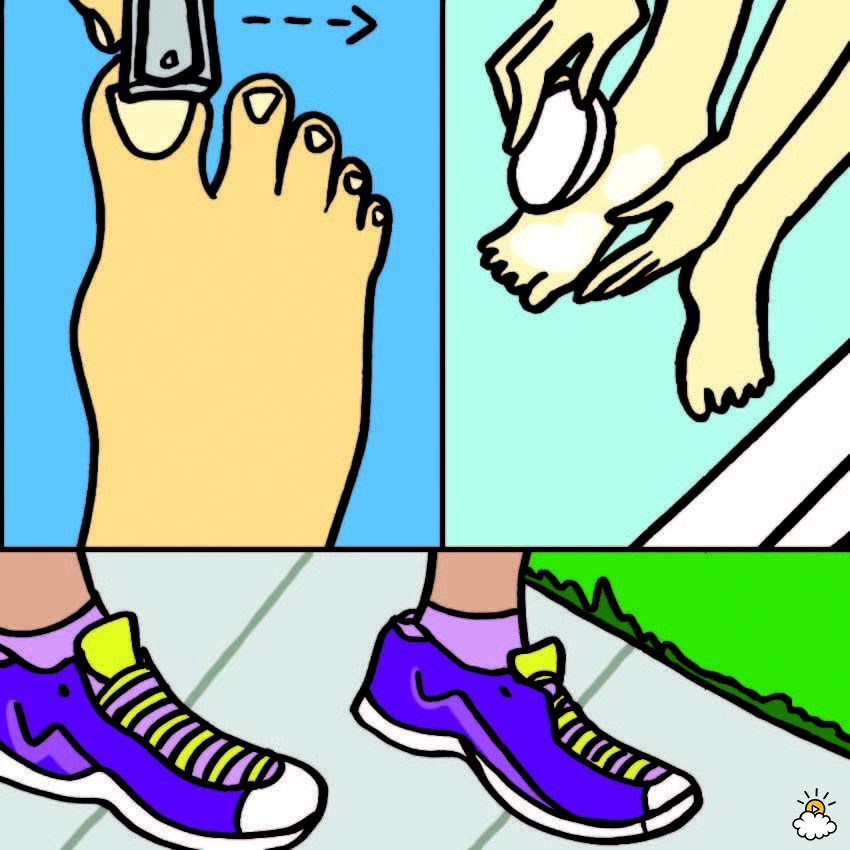
Of course, the best way to avoid an ingrown toenail is to prevent it in the first place.
While this might be easier said than done due to the fact that heredity is a known cause, the American Podiatric Medical Association states that there are easy ways to try and prevent the problem.
Make sure to wear shoes that don’t crowd your toes and to avoid activities that involve repeated trauma to the feet and toes.
Another good prevention method is to regularly trim your toenails straight across and to keep your feet as clean and dry as possible.
If you know someone who might like this, please click “Share!”

